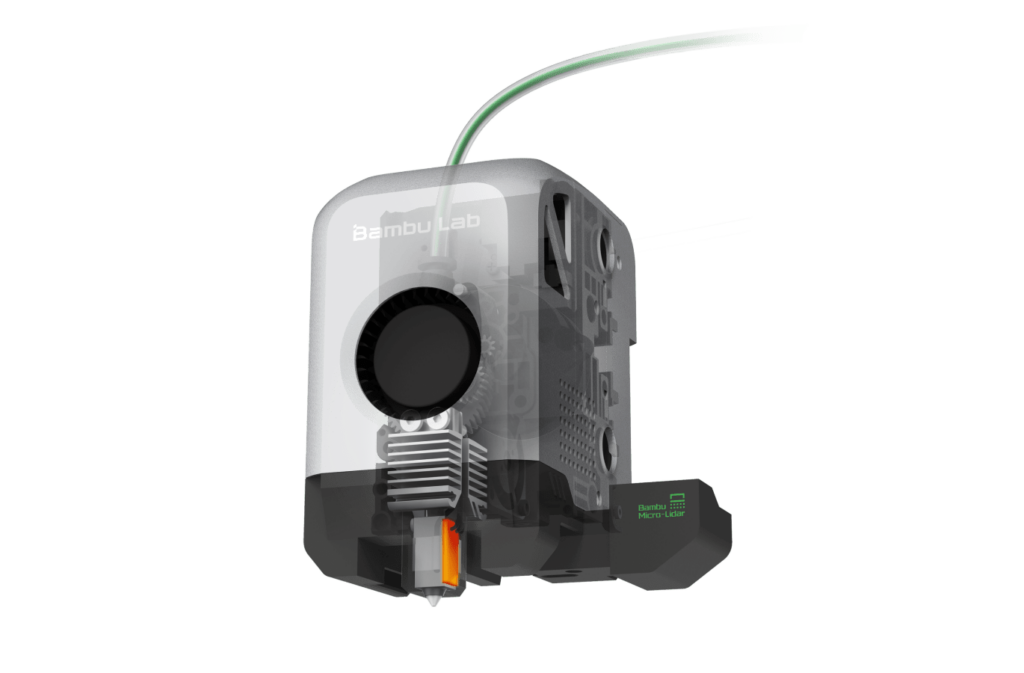Bambu Lab has made waves in the desktop 3D printing industry with its rapid material extrusion systems. However, Bambu Lab’s cloud solution recently suffered a massive outage, occurring across two instances on August 15 for an hour each. The community backlash and concern were substantial, amplified by the fact that the printers, rather than just becoming inoperative, kept receiving the same print jobs repeatedly. Some machines were reportedly damaged. The incident has reignited previous concerns about thermal runaway protection and potential risks, leaving many questioning if they can trust the manufacturer.
This event highlights a central weakness of Bambu Lab: its slicing and printing are cloud-based. The company can access extensive data through the onboard LiDAR and cameras in the printers, allowing for the measurement of dimensional accuracy and success of prints. If Bambu Labs can access the settings of 100,000 printers, each printing 10 objects per month, the data they collect will be substantial. Project this a few years into the future, with a million printers each printing the same number of objects, and the data becomes even more significant. his data could be used to optimize slicing profiles and eventually build a significant advantage over other 3D printer manufacturers. In contrast, other companies that rely on external firmware or slicing, or those without printers that send data back to a central location, would not have access to this information and thus could not achieve the same capabilities. With the potential for continuous improvement from testing different materials and variables, Bambu Lab could lead the industry.
Secondary camera with timestamps. One to many F… Damaged plate.
by u/Ced_Battlewind in BambuLab
I’m unsure whether Bambu Labs is utilizing slicing data, or employing lidar and cameras to evaluate the success of prints and subsequently adjust settings. However, given their cloud-only setup and software, it seems like an obvious approach. The core issue with cloud-based operations is our lack of control and understanding over how the data is used. This concern is amplified when we consider that many files sent to printers could contain intellectual property (IP), design schematics, or other confidential information. Cloud-based 3D printing applications might be exploited to harvest these files, or someone might extract the necessary information for settings adjustment without interacting with the files themselves. The lack of transparency and control is the crux of the problem. As Joe Scalon expressed on Twitter:
































